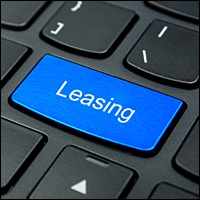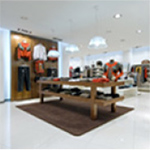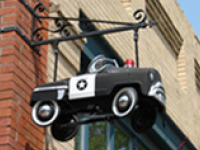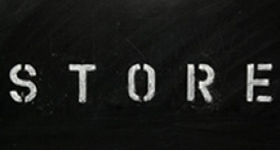Thinking of buying fixtures for your new or existing retail store? Are you afraid to do so because of budget concerns, not to mention justifying the  cost during these tough economic times?
cost during these tough economic times?
You’re not alone. Many first-time or expanding retailers are reluctant to invest substantially in store fixtures, so they settle for used, damaged or third-rate items. And unless they’re adept at dressing them up, their stores probably will have a third-rate look. That’s not what customers want to see as part of their shopping experience.
A better solution for many retailers is leasing – and not just your fixtures either! Just about any other retailing need can be leased, such as POS equipment, in-store surveillance and security systems, computer hardware, software, installations and consultation.
A vast number of American businesses lease at least one of their equipment acquisitions, and nearly all say they would lease again. Large and small retailers, multinational corporations, government agencies, religious and non-profit organizations are among the contented lessees worldwide.
Leasing provides many advantages over buying, including significant tax savings. Did you know that when shown as an operating expense, leased items can be 100% tax deductible? If you bought the same items by borrowing or on credit, you only can take depreciation over the useful life of the equipment. So if you’re looking for a tax break sooner rather than later, leasing may be the way to go.
You can also get your lease approved faster than any other method except buying by cash. Many leases can be approved within two days, vs. several days to weeks for borrowing and credit. Your interest rate will most certainly be fixed, so you’ll always know where the lease stands vs. borrowing or credit, where the rates can fluctuate depending on market conditions.
Down payments for leases typically require just one or two upfront payments, which are applied to your balance. If you’re borrowing or leasing on credit, you’ll usually need to come up with a down payment of 10% to 20% of the total amount. And you probably won’t need to provide a financial statement for lease transactions of less than $150,000. When borrowing or leasing on credit, you’ll usually need to show financials regardless of the amount requested.
And don’t forget, you can either buy or renegotiate the continued lease of the equipment when the lease is up. It all depends on the lease structure. In this tight economy, lessors are more open to negotiating with you so they can keep inventory moving through the pipeline. So put on your bargaining hat before you enter into any leasing agreement.
Retailers can lease equipment in a variety of ways, including finance or capital leases and sales leasebacks. Take a look at this table to get an idea of what might work best for your business. Be sure to consult with your financial advisor to determine the most tax-beneficial lease for your company. And discuss any potential lease with your legal advisor before you sign on the dotted line.
If you’re still a bit nervous about leasing, consider trying it out on just a few items. If it’s a positive experience, crunch the numbers on leasing additional equipment or services. You’ll probably find that leasing is always worth considering vs. buying. And to repeat a cliché that applies to our current economy, you need all the competitive advantages you can get. Leasing just might be that advantage.





